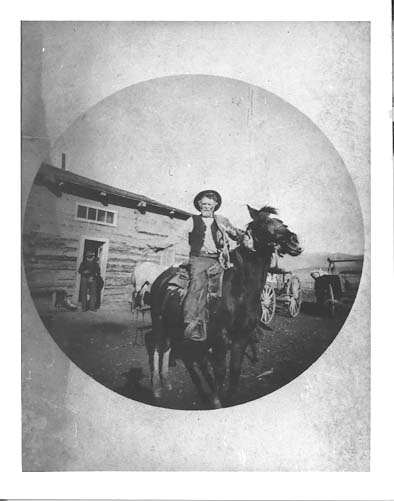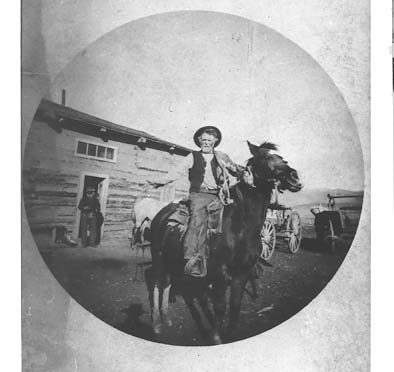Thomas Jefferson. John Adams. Benjamin Franklin. George Washington. These are the founding fathers of what would become the United States of America. The Basque community in the United States has, in some sense, our own founding father. Along with his brother Bernardo, Pedro Altube was the catalyst of the Basques’ strong role in the livestock industry, first with cattle and then sheep. Because of him and his partners, hundreds of Basques, and along with them their friends and family, came to the United States seeking opportunity.

- Pedro Altube was born on April (some sources say May) 27, 1827, in Oñati, Gipuzkoa, in a baserri named Zugastegi. He wasn’t the first of his family to leave the Basque Country. An older brother, Santiago, and two step-brothers already lived in Argentina and three more step-brothers lived in Uruguay by the time Altube left home.
- At the age of 18, in 1845, Altube boarded the Yrurac-bat, heading to Buenos Aires, a trip financed by his brother. Three years later, he did the same for his younger brother Bernardo. But, in 1850, Pedro, Bernardo, and another thirty Basques left Argentina for San Francisco, excited by the discovery of gold. They reached California in 1851. However, they quickly discovered that livestock was more profitable than mining for gold. Joining other Basques, they entered the cattle trading business, driving cattle from southern to northern California, trying to avoid, amongst other obstacles, the bandit Joaquin Murrieta.
- The brothers were very successful, first starting a dairy where Stanford University now stands. They then purchased Rancho Los Vaqueros with three other Basques. Together, they were very prosperous, until a series of tragedies hit, including both brothers losing numerous children and then all of their livestock.
- Deciding to start over, in 1871 the brothers bought 3000 head of cattle in Mexico and moved them to Independence Valley, near Elko, Nevada, where they established the famed Spanish Ranch. From this beginning, they built a cattle empire in northern Nevada. Their success led to their nephews and a niece joining them from the Basque Country. It was only in 1900 that the brothers introduced sheep into their business; before that, it was all cattle. By 1907, when the brothers sold their holdings, they had 20,000 sheep, 20,000 cattle, 2000 horses, and 400,000 acres.
- Back in 1853 in San Francisco, Pedro had married fellow Basque Marie Ihitzague. They had seven daughters. Upon his retirement, the family moved from Nevada back to San Francisco. Pedro was also known to hire a man to read him books, since he himself couldn’t read English, on topics ranging from history to science.
- During his life, Pedro became almost mythical. Standing at 6 foot 6, he was nicknamed “Palo Alto.” He was known for his horse riding and poker skills. He would greet people with his flask of whiskey, saying “Hey sonofabitch my friend, come and drink with me.” He employed hundreds of Basques and was the force behind much of Basque immigration to the region. In 1960, called the “Father of Basques in America,” he was named to the National Cowboy Hall of Fame. He died on August 8, 1905.
Primary sources: The Basques of the Great Basin: Elko, Nevada by Gloria Totoricagüena, Euskonews; Pedro & Bernardo Altube, Basques in California; Tales of the Vasco by Adrian Praetzellis, Grace H. Ziesing, and Mary Praetzellis
Discover more from Buber's Basque Page
Subscribe to get the latest posts sent to your email.


